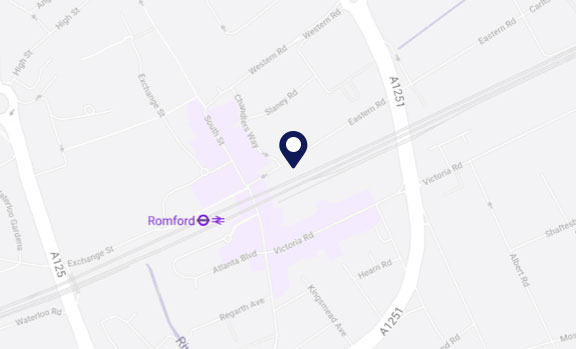Commercial Property
Commercial Property Change of Use
In a perfect world, you would be able to convert a commercial property from one type of business to another without having to jump through too many hoops. Unfortunately, though, this world is far from perfect, and a change of use can involve a surprising amount of paperwork to obtain the requisite planning permission so ensuring that you understand the various building use ‘classes’ is vital.
Under the planning system, all buildings (both commercial and residential) fall into various ‘classes’ and are given a code that signifies their lawful use. These are known as ‘use classes’ and are indicated by a very simple system of codes ranging from A1 (shops), A3 (food and drink), B4 (special industrial), or C3 (residential housing). Every building has a designation, and it is possible in most cases to change their classification, depending on what the original use was, and what you want to change it to.
It is not always necessary to apply for planning permission for change of use and thus learning how to navigate your way around the various classes could make turning a building from one use to another much easier.
It is essential to know exactly what classification a building currently falls under in order to determine whether a change of use requires planning permission.
You can find a full list of use classes on the government’s planning portal, but it may take a little bit of investigation to determine exactly which class a building falls into, especially if it has had a variety of uses over the years. You can then check your own records, including deeds and other official documents to try to determine the current classification. You can also contact your local council’s planning department who may have records concerning the classification of your building.
If the building has a C3 (residential housing) classification, then getting it reclassified for commercial purposes may take some doing, especially if you’re right in the middle of a quiet domestic neighbourhood. You will need to check if the change of use requires planning permission, and then go through the full process of applying to the planning department for permission for change of use. They could refuse this on the grounds of the impact it may have on your neighbours, or they may find in your favour and allow you to change the use of the building, but with certain restrictions.
If your change of use is permitted under local restrictions, then you probably won’t need to go all the way through that long, complicated planning permission route. However, it is important to do your homework thoroughly and do not simply assume that your change of use is on the approved list. It is very difficult to get retrospective planning permission for a change of use application, and if it is declined then you will have to revert the building back to its original use. If you have to put in an application to change the use then it will probably take around 12 weeks for the planning permission process to go through, depending on the complexity of the project. Make sure you provide as much information as you can, and remember that the application will need to show that you have considered the potential impact on the local environment with regard to the increase in traffic or the requirement for public parking spaces and access for delivery vehicles.
Change of use does not just involve letting the local planning department know what you are doing. You will need to consider a whole other raft of issues in the form of Building Regulations compliance. From fire doors to flame-retardant building materials, energy efficient lighting and public facilities. You will need to plan very carefully, especially if the public is going to be allowed access to your building.
If food preparation is part of the plan then hygiene will be a big factor. For example, if you are turning a building that was previously residential into a public house then you are going to need to install catering facilities that meet all current hygiene regulations.
You will also need to think about the type of building insurance you have, and a huge range of other considerations such as commercial waste management, business rates, and even how many toilets you have on-site to conform with Health & Safety requirements.
If you require any advice and assistance then please do not hesitate to contact one of the commercial property team at Mullis & Peake LLP.


















Joanne Wood, Head of Property at Mullis & Peake LLP Solicitors, said:
“With the changing face of the high street and businesses having to re-think their premises needs the issue of the authorised use of premises is something that property owners, including tenants, cannot ignore. Tenants of commercial leases should also be mindful that just because a certain use is permitted by their lease it does not always follow that the local authority has permitted that use. Landlords often put a disclaimer into leases putting the onus on the tenant to check.”